I am developing a system which needs to allow users to be placed into groups. These groups can be freely created, edited, and deleted by other privileged users in the system. That part is easy; just create a group_users table that links users into groups. (If you're a stickler for normalization then you may create a group table that just lists off groups and then have a group_users table that links them together -- that's fine too)
Here's where it gets tricky. The client wants groups to also contain groups, to arbitrary depth and with arbitrary overlap (groups can be in multiple groups, and groups can contain multiple groups). That's easy enough to store (with a group_groups table), but it's difficult to query against without some sort extension like Oracle's CONNECT BY.
This recursive hierarchy also needs to be retroactive -- meaning that if group A contains group B, and group B is modified, then group A will be modified too -- so I can't cheat and just flatten out the structure. If you don't believe me that it can't simply be flattened, consider this situation. You have a group called "cool people" which contains users 1 and 2. Someone creates a group called "REALLY cool people" which contains user 3 and contains the group "cool people". When I query against "REALLY cool people" I should conclude that users 1, 2, and 3 are in the group. Now say that someone decides that user 2 isn't a cool person anymore and removes user 2 from "cool people". After that point in time, "REALLY cool people" only contains users 1 and 3. If I had originally flattened out the structure, I wouldn't know to remove user 2 from "REALLY cool people" when I removed him from "cool people".
So a trivial flattening won't work in this scenario. Other options I've considered:
- Doing the recursion in code.
- Too slow for complex groups, and also requires you to then do related joins in memory rather than on the database
- Flatten the structure out into
group_users_flattened, but also maintain agroup_groupstable. Create a trigger forgroup_users_flattenedon INSERT/UPDATE/DELETE that will go to thegroup_groupstable, find all groups that contain this group, and dynamically make the appropriate changes togroup_users_flattened.- I can imagine this working, but it seems convoluted and error-prone, and I have a feeling there's a gotcha that I'm not seeing.
Are there other ideas that I haven't considered?
